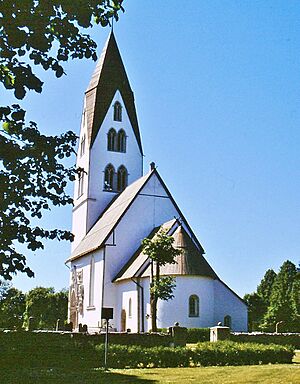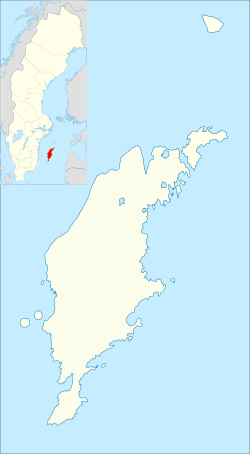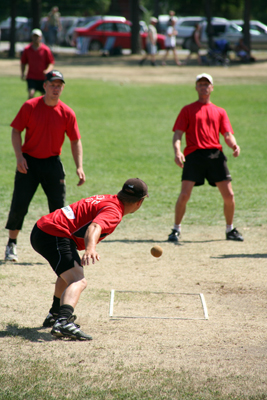Stånga facts for kids
Quick facts for kids
Stånga
Stangge(Gutnish)
|
|
|---|---|

Stånga Church
|
|
| Country | Sweden |
| Province | Gotland |
| County | Gotland County |
| Municipality | Gotland Municipality |
| Area | |
| • Total | 1.05 km2 (0.41 sq mi) |
| Time zone | UTC+1 (CET) |
| • Summer (DST) | UTC+2 (CEST) |
Stånga is a small town on Gotland, a Swedish island. In 2014, about 491 people lived there. Stånga is famous for hosting the yearly Stånga Games, also known as Stångaspelen.
Exploring Stånga's Location
Stånga is a town built around the old Stånga Church, which dates back to the Middle Ages. This area is sometimes called Stånga kyrkby. You can find Stånga in the southeast part of Gotland.
As of 2019, Stånga Church is part of the Stånga-Burs parish. It shares this parish with the church in Burs.
Did you know that an asteroid in space is named after this place? It's called 10131 Stånga!
Stånga Games: Gotland's Olympics
The Stånga Games, or Stångaspelen, are a big sports event held every year in Stånga. People sometimes call them the "Gotland Olympic Games." The very first games happened on July 27, 1924.
These games take place over five days, usually around the second weekend in July. About 2,000 people come to compete! The competitions feature many traditional sports from Gotland, some of which are very old and even date back to the Viking Age.
Some of the exciting sports you might see include:
- Varpa
- Pärk
- Caber toss
- Gutnish pentathlon (a competition with five different events)
- Pillow fight on a pole (called Herre på stång)
- Leg hook (called Rövkrok)
- Hobble kick (called Sparka Bleistre)
- Tug of war with eight-person teams (called Dragkamp)
- Two-person tug of war, facing each other (called Att dra hank)
- Two-person tug of war, back to back (called Att täme stäut)



